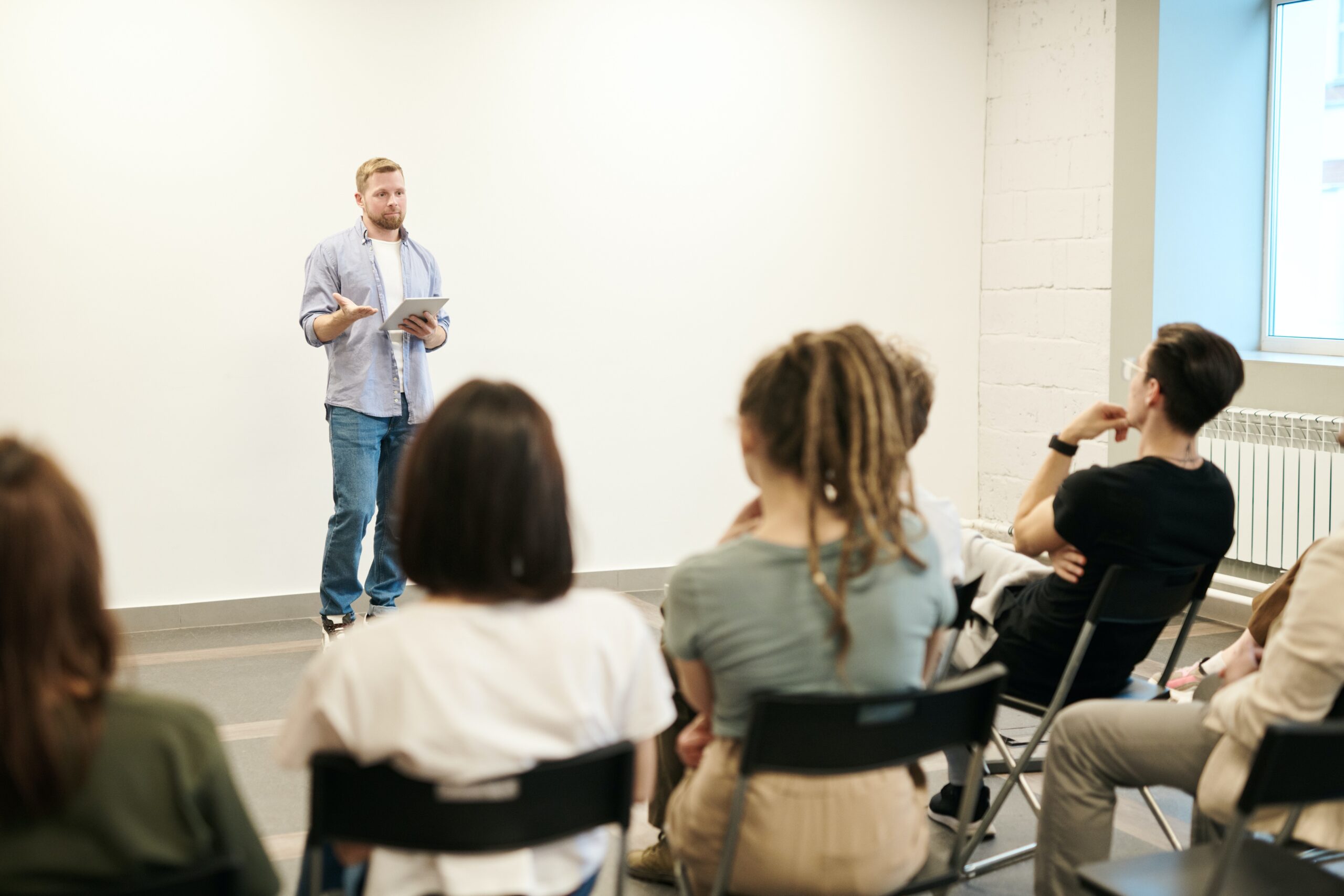
Disclaimer: This editorial deals with issues of gun violence and hate crimes
The United States is again having to deal with the turmoil and aftermath of yet another devastating mass shooting. This time, however, the country has been unable to grieve or heal as there have been two high profile shootings just 10 days apart. On May 14, the Buffalo supermarket shooting took place taking the lives of 10 Black Americans. Less than two weeks later, the Uvalde Robb Elementary School shooting took place on May 24 and has currently taken the lives of 19 students and two teachers. With these recent shootings, teachers across the country are unsure of how to have difficult conversations about racism and gun violence with students who are curious and looking for answers. Although certain school districts or states limit what teachers are able to say, these tragic events are continuing to happen and should be addressed in the classroom to help break this cycle of gun violence and hate.
In a somewhat dystopian reality, it has become common for children in U.S. K through 12 schools to practice annual school shooting drills with students being taught how to hide and fight back if needed. This practice is something that has been normalized and is seen as routine, similar to a fire or earthquake drill. The looming threat of a shooter entering your school, or another public area, is something that many children have to think about daily. This worry is only heightened by the continued mass shootings taking place throughout the county. While some parents may try to shield their children from these events, they are becoming more common and children are turning to their teachers for information.
In some conservative states, teachers are not permitted to discuss controversial or racial topics. Texas House Bill 3979, which was passed last year, states that teachers should not discuss current events or controversial topics in the classroom and if they do they should provide “contending perspectives without giving deference to any one perspective.” Not discussing these topics, however, does not mean that they will go away. By avoiding controversial and racist topics, we are ignoring our own racist history and failing to promote racial tolerance and acceptance.
These mass shootings disproportionately target communities of color. The Buffalo shooting was a racist hate crime fueled by the “great replacement theory” while the Uvalde shooting took place at a border town with most of the victims being Mexican Americans. With one of these shootings taking place in Texas, teachers should be able to talk to their classrooms about what has occurred without fear of losing their jobs. Having to present multiple perspectives to this tragedy is wrong. There should be no other side or reason as to why these crimes were carried out. Teaching students about these events can be done in an age appropriate manner instead of being avoided entirely. Not addressing these issues makes students of color feel like they do not matter and may normalize crimes against them.
Critical race theory is seen as a solution for helping teach tolerance and acceptance but has been politicized by right wing states. While CRT is meant to help teach students about how racism is intertwined in our history so that the country can heal and not repeat these mistakes, others have twisted its meaning and claim that it was created to put down white Americans. In California, CRT has been accepted and an ethnic studies course is now required for high school students in the state. This is seen as a step in the right direction as many students who attend college are shocked to learn about certain historical and racial events that they were not taught about in their K through 12 setting.
States or school districts that are more conservative have been allowed to suppress the information they teach, but a universal CRT curriculum is necessary as gun violence and hate crimes are increasing. If this education was widely accepted and taught, the U.S. may finally begin to decrease the amount of mass shootings that take place annually. Teenage and young adult men are especially susceptible to conspiracies like the “great replacement theory” or white supremacy and are most likely to carry out gun violence. By intervening early on and allowing teachers to discuss these issues, the cycle of crime can hopefully decrease or be broken.
These are the names of the victims from the two recent mass shootings:
Disclaimer: Different news outlets have used different spellings of the victims names
Buffalo: Roberta A. Drury, Margus D. Morrison, Andre Mackniel, Aaron Salter, Geraldine Talley, Celestine Chaney, Heyward Patterson, Katherine Massey, Pearl Young, Ruth Whitfield.
Uvedale: Alexandria Aniyah Rubio, Alithia Ramirez, Amerie Jo Garza, Annabell Guadalupe Rodriguez, Eliahana Cruz Torres, Eliana Garcia, Eva Mireles, Irma Garcia, Jackie Cazares, Jailah Nicole Silguero, Jayce Luevanos, Jose Flores, Layla Salazar, Makenna Lee Elrod, Maite Rodriguez, Maranda Mathis, Nevaeh Bravo, Rojelio Torres, Tess Marie Mata, Uziyah Garcia, Xavier Lopez.







